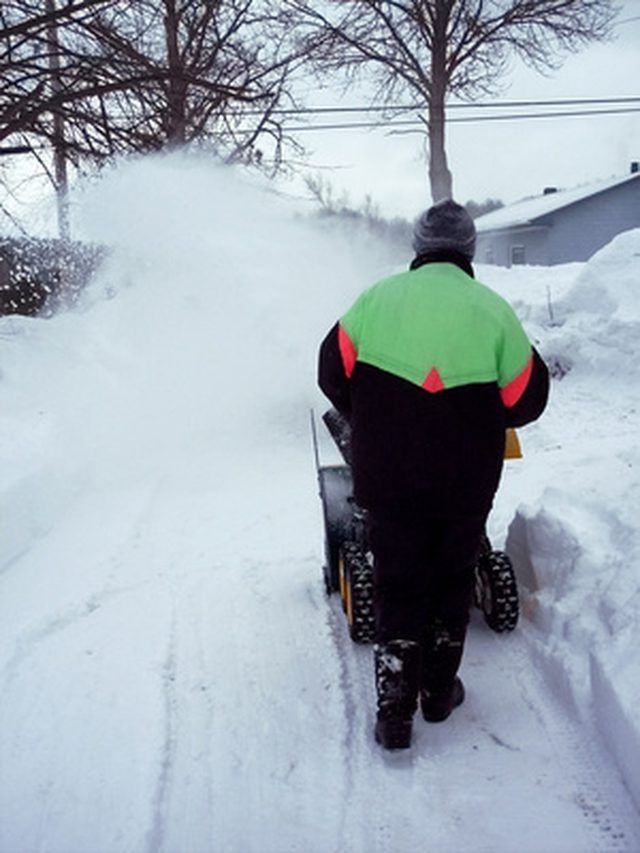Bulbs
Flower Basics
Flower Beds & Specialty Gardens
Flower Garden
Garden Furniture
Garden Gnomes
Garden Seeds
Garden Sheds
Garden Statues
Garden Tools & Supplies
Gardening Basics
Green & Organic
Groundcovers & Vines
Growing Annuals
Growing Basil
Growing Beans
Growing Berries
Growing Blueberries
Growing Cactus
Growing Corn
Growing Cotton
Growing Edibles
Growing Flowers
Growing Garlic
Growing Grapes
Growing Grass
Growing Herbs
Growing Jasmine
Growing Mint
Growing Mushrooms
Orchids
Growing Peanuts
Growing Perennials
Growing Plants
Growing Rosemary
Growing Roses
Growing Strawberries
Growing Sunflowers
Growing Thyme
Growing Tomatoes
Growing Tulips
Growing Vegetables
Herb Basics
Herb Garden
Indoor Growing
Landscaping Basics
Landscaping Patios
Landscaping Plants
Landscaping Shrubs
Landscaping Trees
Landscaping Walks & Pathways
Lawn Basics
Lawn Maintenance
Lawn Mowers
Lawn Ornaments
Lawn Planting
Lawn Tools
Outdoor Growing
Overall Landscape Planning
Pests, Weeds & Problems
Plant Basics
Rock Garden
Rose Garden
Shrubs
Soil
Specialty Gardens
Trees
Vegetable Garden
Yard Maintenance
How to Fix Pull Start Cords for Snowblowers
How to Fix Pull Start Cords for Snowblowers. Most gasoline-powered snowblowers use either Briggs & Stratton or Tecumseh engines to power the snowblower. These engines utilize a recoil pulley with a pull rope for starting the engine. Over time, exposure to weather and normal wear and tear can cause the rope to deteriorate and break. Replacing the...

Most gasoline-powered snowblowers use either Briggs & Stratton or Tecumseh engines to power the snowblower. These engines utilize a recoil pulley with a pull rope for starting the engine. Over time, exposure to weather and normal wear and tear can cause the rope to deteriorate and break. Replacing the starter rope takes just a few minutes with some basic hand tools.
Things You'll Need
New starter rope with handle
Needle nose pliers
Wide-jaw locking pliers
Socket set
Cigarette lighter or matches
Disconnect the spark plug wire from the spark plug by pulling on the rubber boot that covers the spark plug.
Loosen the three bolts that hold the starter shroud onto the engine. Lift the starter shroud off of the engine, and place it upside down on a work table.
Hold the starter shroud with one hand and turn the pulley inside the starter shroud counterclockwise until it won't turn any further. Clamp the pulley in place with the wide-jaw locking pliers.
Pull on the knot in the knot hole near the middle of the pulley with a pair of needle nose pliers to remove the section of broken rope.
Insert the end of the new rope (with the handle on the other end) into the hole in the starter shroud, and guide it toward the knot hole in the center of the pulley.
Grab the rope in the knot hole with the needle nose pliers, and pull out about a foot of rope. Tie a knot in the end of the rope. Singe the remaining end of the rope with a match or lighter to prevent it from unraveling.
Pull on the rope from outside the starter shroud to seat the knot in the knot hole.
Release the wide-jaw pliers, and allow the pulley to recoil, winding the starter cord around the pulley.
Position the starter shroud onto the engine, and tighten the bolts to lock the shroud in place. Re-attach the spark plug wire to the spark plug.
Tips & Warnings
For long life, always use rope designed for pull starters when replacing the rope in your engine.
To prevent the engine from accidentally firing, never work on a small engine without first disconnecting the spark plug wire from the spark plug.